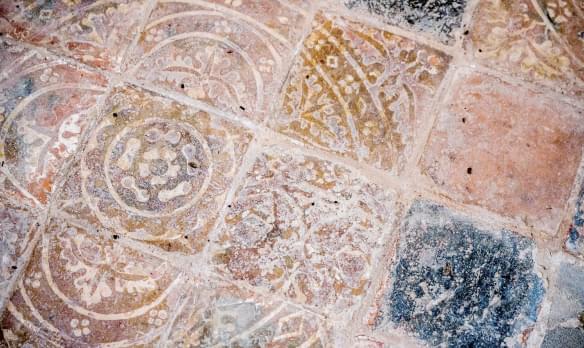
St Botolph
Saxilby, Lincolnshire | LN1 2PE
The church of St Botolph is of considerable interest since it has indications of building in four different architectural styles over a period of some 900 years.
Search for a fascinating place to visit, or see the variety of churches, chapels and meeting houses we have supported.

Saxilby, Lincolnshire | LN1 2PE
The church of St Botolph is of considerable interest since it has indications of building in four different architectural styles over a period of some 900 years.
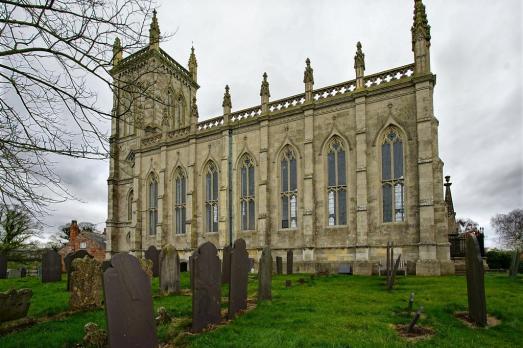
Kings Norton, Leicestershire | LE7 9BF
This 18th century church has retained many outstanding features including a three tier pulpit; Nicholas Pevsner described it as 'Of the churches of the Early Gothic Revival this is one of the most remarkable in England'.
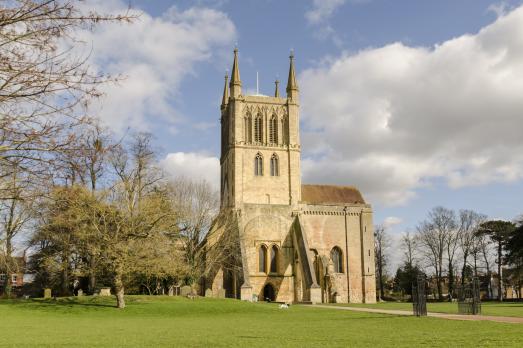
Pershore, Worcestershire | WR10 1DT
For over 1300 years Pershore Abbey has been a centre for Christian worship and life, from its early beginnings as a Saxon monastery to today.
We have supported this church
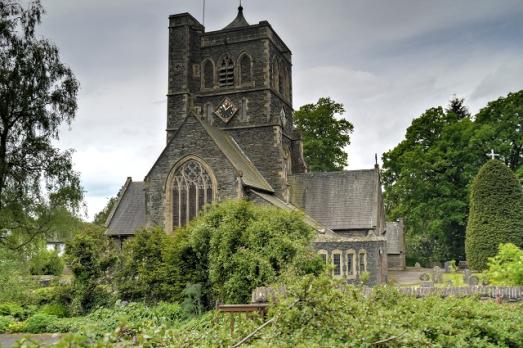
Windermere, Cumbria | LA23 1BA
St Mary's church came into being as a direct result of the coming of the railway to Windermere, just a short walk downhill from the Railway Station and in view of the Lake and magnificent fells.
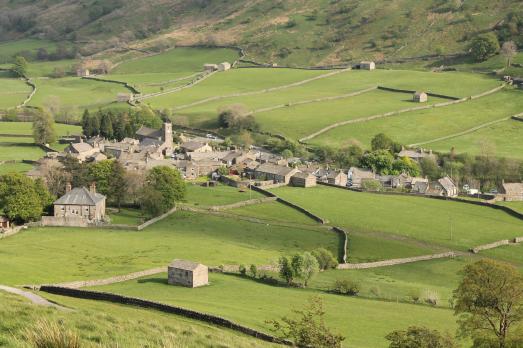
Muker, Yorkshire | DL11 6DN
This small, charming church nestles in the village of Muker in Upper Swaledale and has much to interest the casual visitor.

Coniston, Cumbria | LA21 8EN
In the centre of the village with fabulous views of the Coniston Old Man which overlooks Coniston Water, the church hails two local heroes in John Ruskin and Dinald Campbell.
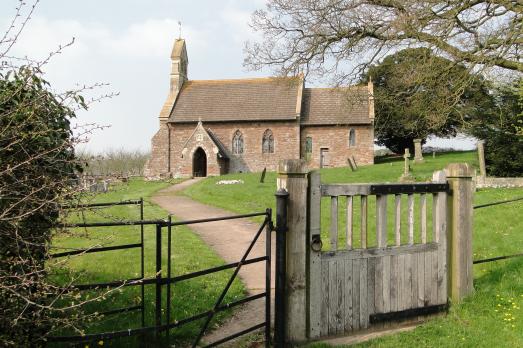
Munsley, Herefordshire | HR8 2SQ
Beautiful Norman church in glorious countryside, the churchyard contains a yew tree which is one of the biggest and oldest in Herefordshire.
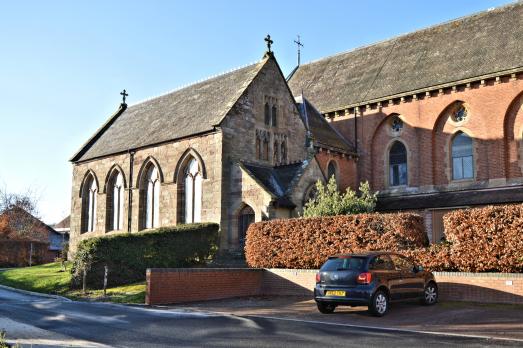
Bartestree, Herefordshire | HR1 4DX
A unique 14th century chapel adjacent to Frome Court, in continuous use as a RC chapel for 600 years and features a most beautiful East window from 1860s by Hardman of Birmingham.
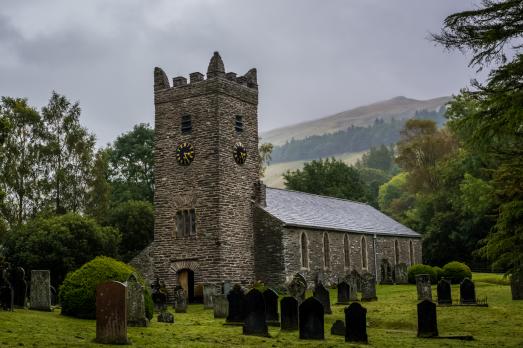
Troutbeck, Cumbria | LA23 1PE
Nestling in the hills of the Troutbeck Valley, a Place for walkers and pilgrims to pause, reflect and find their eternal bearings.
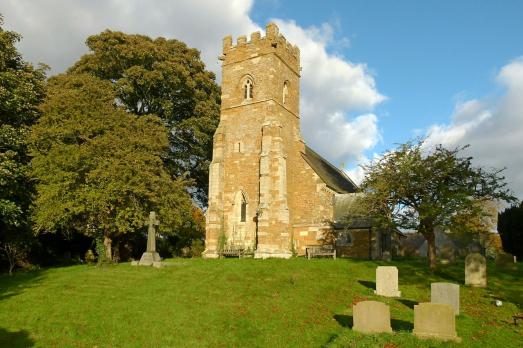
Harston, Leicestershire | NG32 1PP
The current church dates from around 1800 and is situated in secluded setting with stunning views, which are enjoyed by visitors, who spend time on the benches appreciating the countryside.
We have supported this church
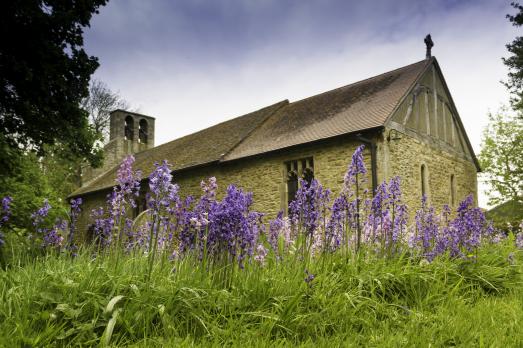
Coates by Stow, Lincolnshire | LN1 2DW
Unspoilt prereformation church including very rare rood loft, set in quiet garden within the medieval moated site.
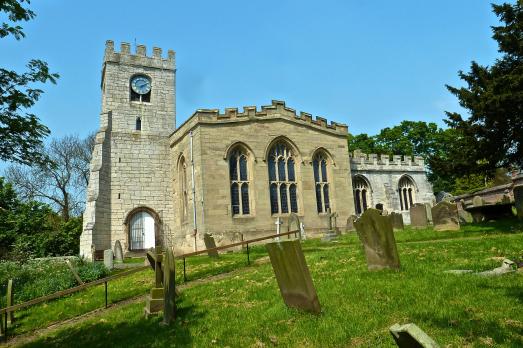
Brafferton, Yorkshire | YO61 2NZ
The 15th century parish church of St Peter's Brafferton overlooks the River Swale where St Paulinus baptised 10,000 people at Christmas in AD 626.
We have supported this church